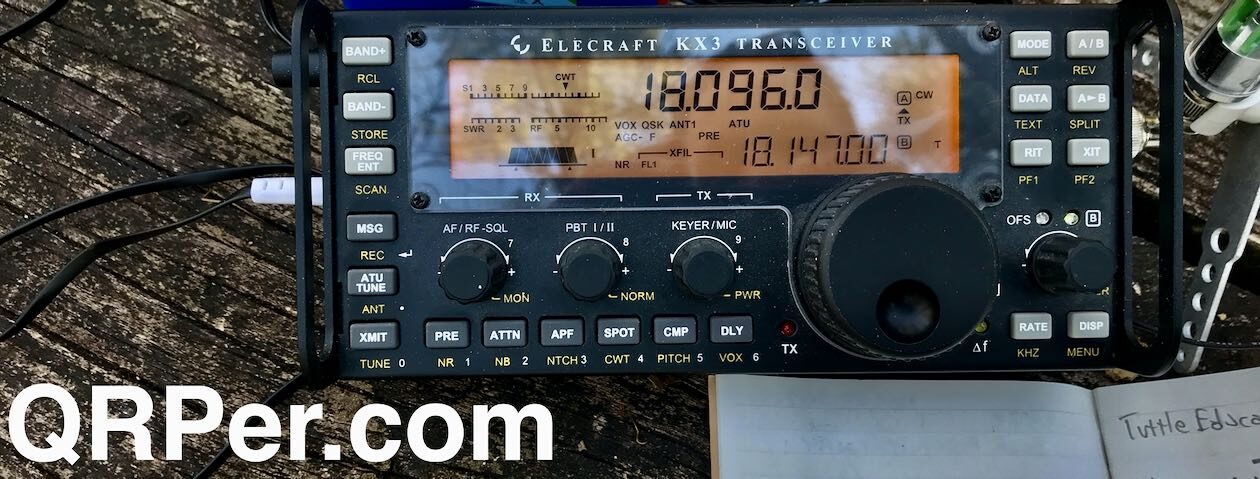 Looking back at last year (2021), if I had to pick out one of the easiest SOTA activations I made, Mount Jefferson would be near the top of the list. It’s a very accessible summit although not technically a “drive-up” summit because you will need to walk a short distance up a service road to the activation zone (AZ).
Looking back at last year (2021), if I had to pick out one of the easiest SOTA activations I made, Mount Jefferson would be near the top of the list. It’s a very accessible summit although not technically a “drive-up” summit because you will need to walk a short distance up a service road to the activation zone (AZ).
Mount Jefferson (W4C/EM-021) is located on and protected by the Mount Jefferson State Natural Area (K-3846), so when you activate Mount Jefferson for Summits On The Air, you can also claim the activation for Parks On The Air and World-Wide Flora and Fauna as long as you work at least 10 contacts.
What I love about POTA and SOTA “2-fer” sites like this is that you can set things up to be spotted in both systems (and often the WWFF system, too!) which increases your audience of hunters and chasers, thus increasing your odds of achieving a valid activation in all programs. It’s especially desirable if you’re a CW op and know you may potentially be in a spot with no mobile phone service for self-spotting; if, for some reason, RBN auto-spotting functionality is down with one program, the other serves as a backup.
Mount Jefferson is at least a two hour drive from my QTH, but it was easy pickings on April 29, 2022 because it happened to be within spitting distance of New River State Park where I was camping with my family.
Mount Jefferson (W4C/EM-021)
 The drive to Mount Jefferson took all of 20 minutes which was a good thing because our family had other activities in store that day including some extended hikes!
The drive to Mount Jefferson took all of 20 minutes which was a good thing because our family had other activities in store that day including some extended hikes!
Hazel (above) was so excited to to check out the sights and smells at this new-to-her park! Continue reading Fitting in some QRP SOTA & POTA on Mount Jefferson!






































